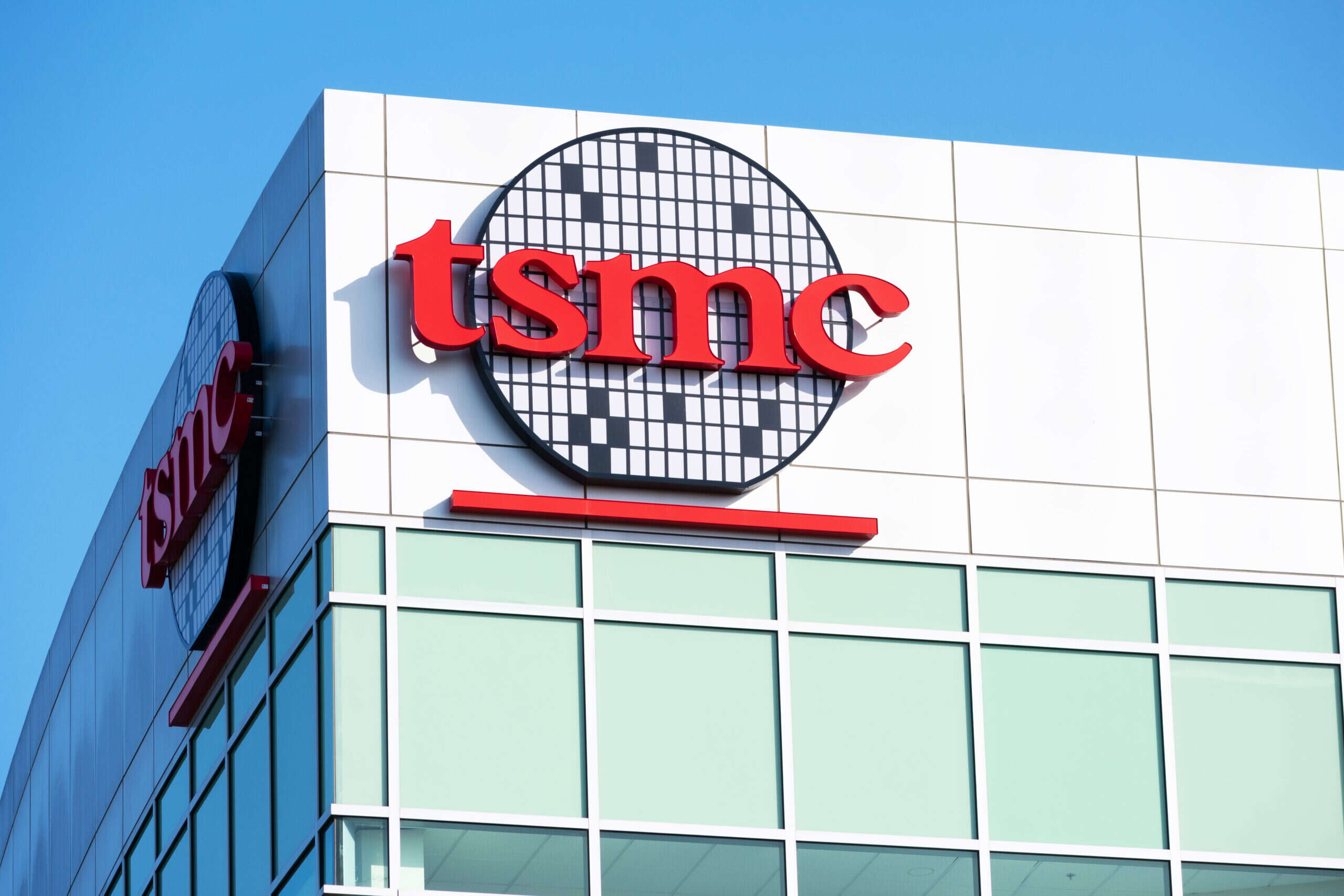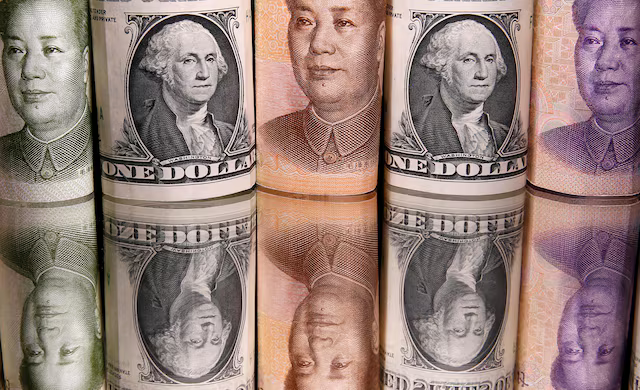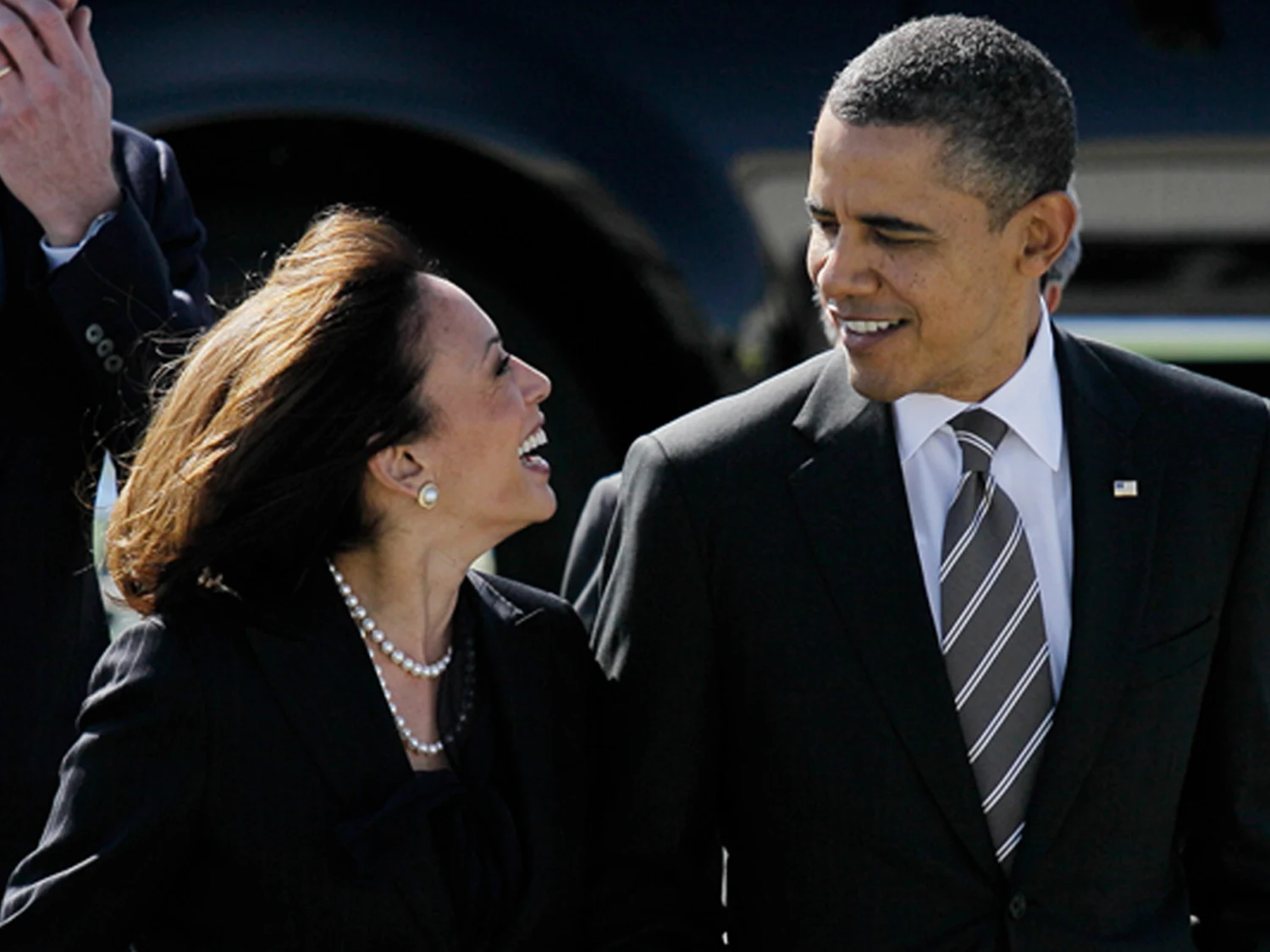Wall Street is bouncing this morning, though nobody’s pretending the coast is clear. After Friday’s sell-off — sparked by President Trump floating steep new tariffs on Chinese goods — the mood has shifted to cautious hope that Washington and Beijing will step back from the brink. Futures for the S&P 500, crypto, and oil all nudged higher as investors bet the weekend’s softer rhetoric could cool things down.
Trump helped that narrative along online, insisting “Don’t worry about China, it will all be fine!” and praising President Xi while promising the US “wants to help China, not hurt it.” The problem is Beijing isn’t blinking. China’s Commerce Ministry defended sweeping new export curbs on rare earths and magnets — materials that sit inside everything from EV motors to missiles to AI servers — and declared it’s “not afraid” of a trade war. The Hang Seng slid, the dollar wobbled, and haven flows into gold stayed brisk as traders gamed out the next move.
Underneath the day-to-day jitters is a bigger question: are we seeing hardball negotiating tactics ahead of a deal — or the next act of economic decoupling? A tariff deadline in November looms large, and the stakes are high. Following through on maximum tariffs could push effective levies on Chinese goods toward levels that would slam already strained manufacturers. Beijing’s rare-earths squeeze gives it leverage over Western supply chains just as the US seeks better terms on high-end AI chips. As one strategist at Deutsche Bank put it, this round is shaping up like “rare earths versus AI chips,” a short-hand for the broader tug-of-war over who controls tomorrow’s tech.
Commodities and currencies are already telling their own story. Traders piled into bullion during the flare-up, and while the dollar regained some ground today on hopes of de-escalation, positioning still reflects a wary stance as long as policy headlines are driving price action. The yen and euro weakened, the Aussie dollar perked up on a modest “risk-on” turn, and crypto tried to steady after a record wave of liquidations hit leveraged bets when the tariff talk first landed.
Back in Washington, the political rumble provides noisy background music. A partial government shutdown is draining consumer paychecks and scrubbing data releases, leaving investors flying with fewer instruments as they await the Fed’s next move. The administration is simultaneously talking tough on trade and cheerleading a burst of domestic investment — from JPMorgan’s multi-trillion financing push into supply chains, defense tech, energy and AI, to a parade of corporate pledges to onshore and scale. Supporters call it resilience; skeptics hear campaign-season drumbeats. Either way, the message is clear: capital is mobilizing for a world where supply lines are shorter, power grids are strained by AI, and geopolitical risk is no longer an asterisk.
China, for its part, is signaling that export controls won’t be a one-off. If soybeans were the symbol of leverage in the last trade war, rare earths are the emblem this time, with the potential to jack up costs across autos, defense and Big Tech if the pressure persists. The market had been pricing a glide path toward talks that would trim the sharpest tariff edges and protect growth and margins. Friday’s shock reminded everyone that those assumptions can change with a single post.
So the day ends where it began: a rebound on hope, with a wary eye on the next headline. If the tone keeps softening and backchannels stay busy, risk assets can keep breathing. If the rhetoric hardens and November’s deadline turns real, the playbook flips fast — higher input costs, weaker margins, and a wider rush into defensive trades. In a world now defined by power grids, rare metals, and AI silicon, the battle lines aren’t just about trade; they’re about who owns the future — and how much investors will have to pay while they find out.
The New York Times, Reuters, and Bloomberg contributed to this report.










The latest news in your social feeds
Subscribe to our social media platforms to stay tuned